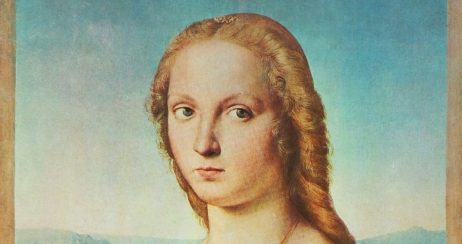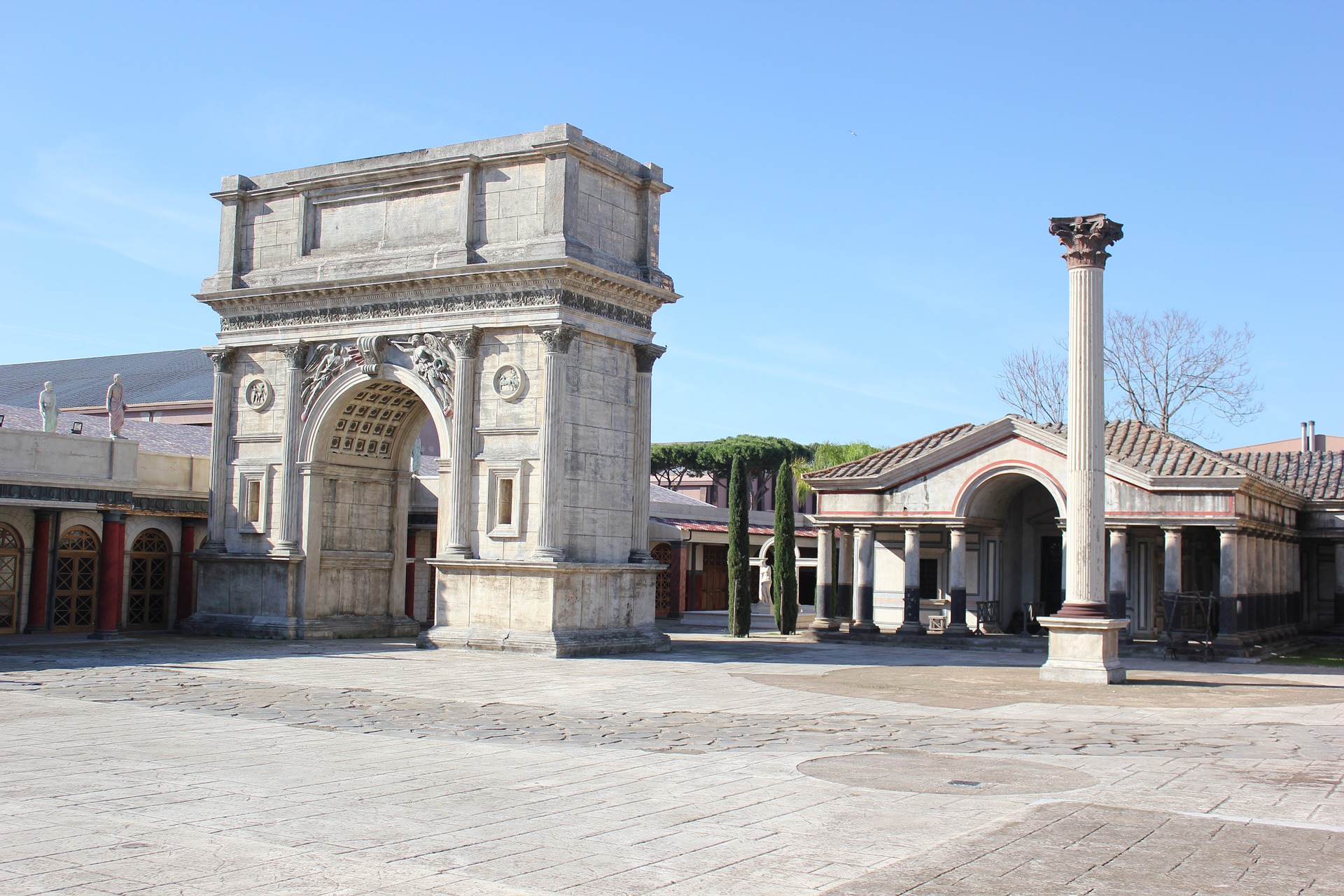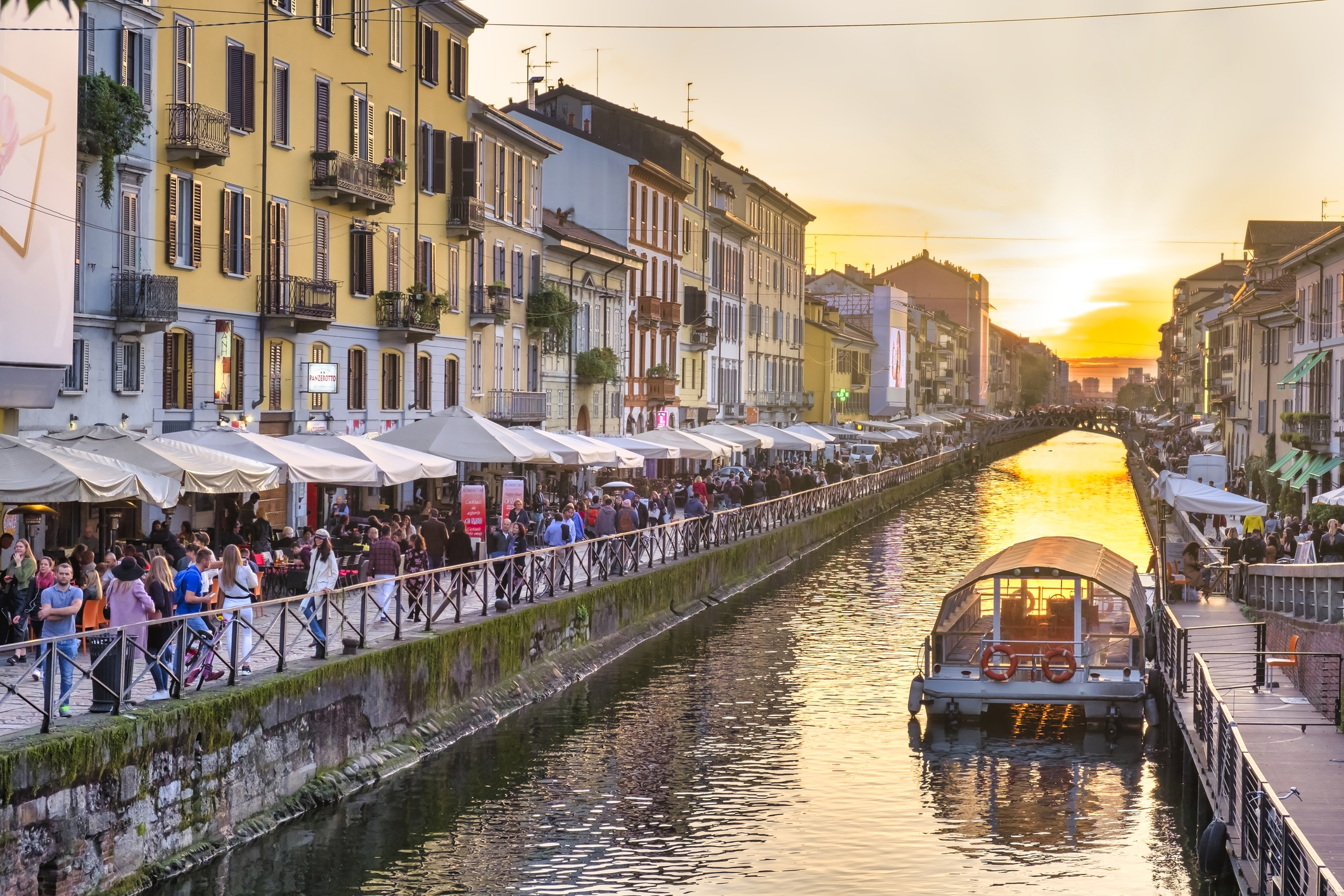Two days ago, in Carbognano in the Resurrection Chapel of the town church, restorers from the “Soprintendenza ai beni storico artistici del Lazio” (Superintendency for Lazio’s historical and artistic properties) noticed that the Resurrection frescos continued behind the altar.
Upon moving the altar table to expose the rest of the fresco, the team found a hole in the wall. Little by little they removed the stones surrounding the hole, and were astonished at what lay on the other side. It was a recess containing the remains of two bodies, with two skulls.
Agostino Gasbarri, Carbognano’s mayor and all the population, immediately started to dream about the discovery. Could these bones belong to Giulia Farnese, the legendary woman known for her stunning beauty who had a long intimate relationship with Pope Alexander VI, also known as Rodrigo Borgia? It’s too soon to confirm this, but there are a lot of clues that might support the thesis.
Meanwhile the bones found in the chapel have been sent to experts to date them and actually start the process that might bring to a more precise and reasonable hypothesis.
But who was Giulia Farnese? And why are the people from Carbognano so excited about the discovery?
Giulia Farnese was born in Canino, Lazio, in 1474. Her Father was Pier Luigi Farnese and her Mother Giovanna Caetani, two rich and important families, whose dynasty included an earlier pope (Bonifacio VIII).
Giulia Farnese was also known as Giulia la Bella (Giulia the beautiful) and was described by poets and writers as “most lovely to behold” or a woman with “dark coloring, black eyes, round face and a particular ardor”.
On May 21st, 1489, when she was just 15 years old, she married Orsino Orsini, with a dowry for the match of 3,000 gold florins (around US$500,000). Orsino also came from an important family. His stepmother Adriana de Mila, was third cousin of Cardinal Rodrigo Borgia, who was then Vice-Chancellor of the Church. Orsino himself was less interesting, described as squint-eyed and devoid of self-confidence.
It is still uncertain when Rodrigo Borgia, who later became Pope Alexander VI, fell in love with Giulia and decided to make her his mistress. What is certain is that Adriana de Mila eventually gave her approval to the relationship in order to achieve a higher status for her son within the Vatican.
Giulia Farnese even moved in to live together with Adriana de Mila and the Pope’s daughter Lucrezia Borgia in a new building next to the Vatican. This way the Pope could easily make his clandestine visits to Giulia. However, even if they tried to keep it a secret, the affair was widely rumored among gossips of the time, and Giulia was sadly referred to as “the Pope’s whore” or sarcastically as “the bride of Christ”.
During those years Giulia became close friends with the Pope’s daughter Lucrezia,
and through her intimacy with the Pope she was able to get her brother Alessandro (the future Pope Paul III) created Cardinal in 1493.
Giulia had a daughter, Laura. It is not clear whether Laura’s father was Orsino or Alexander. Giulia always claimed that Laura was indeed the Pope’s daughter, but this may have been to raise the status of the child for future marriage considerations.
Giulia remained close to the Pope until 1499 or 1500, when she seems to have fallen out of his favor due to her age.
Around this time her husband also died and Giulia decided to move to Carbognano near Rome. She eventually married Giovanni Capece of Bozzuto, a member of the lower ranking Neapolitan nobility. In 1506 she became the governor of Carbognano. The chronicle of the castle states that Giulia was an able administrator who governed in a firm and energetic manner.
She died at her brother’s house in Rome, when she was just 50 years old.
Her burial place has always been a mystery. The legend says she asked to “rest in peace” in Carbognano.
Now we can understand why the little town of Carbognano is in such turmoil. To have the remains of such an important and legendary figure in Carbognano Chapel would be a great honor and a major historical discovery!
































